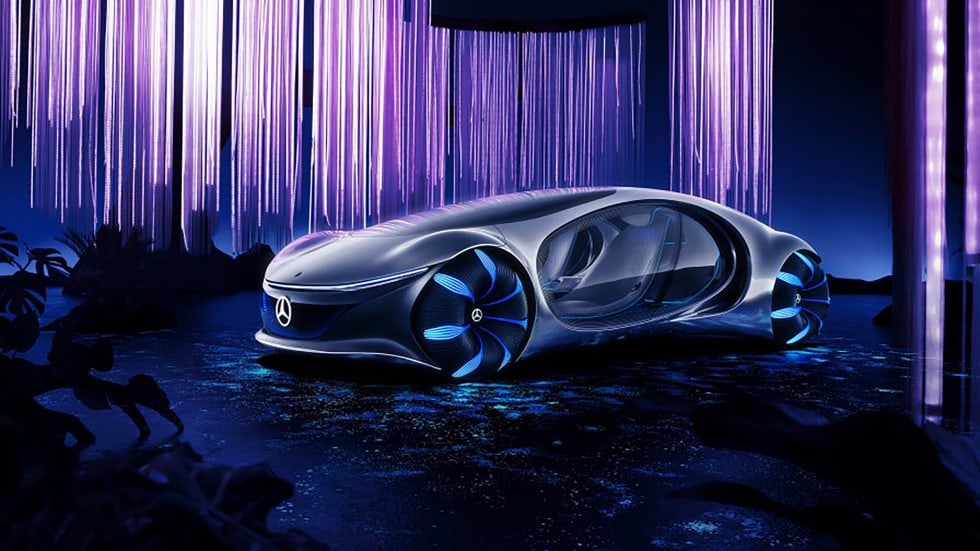When thinking about futuristic developments in the automotive industry, people usually think of autonomous cars operating with machine learning systems amongst others. Thinking a step further, one could also envision flying vehicles. But what if I told you that we are not that far away from cars reading our minds. The thought of that can be rather scary. Mindreading cars remind society of Sci-Fi movies and make such technologies appear as invasive tools to invade humans privacy.
Let’s take a step back and look at this phenomenon in detail, starting with the technology that even enables this advancement. You may have heard of brain-computer-interfaces (BCIs) before. Most people believe this technology to be very futuristic and immediately think of chips being inserted into our brains. However, this is not the case. BCIs solely measure brain activity, extract certain information from that and then further convert that information into outputs. The outputs enable the BCI to replace, restore, enhance, supplement, or improve human functions. The current state of the technology has not reached implants yet but rather works with wearables. In more detail, the wearable contains an electrode that measures neuronal activities, which does not sound too ‘Sci-Fi’ at all. Experts in the field describe the unfamiliarity and false marketing of the BCI technology as the greatest obstacle for the industry. The devices are not reading our minds or invading our privacy at all. Instead, they solely measure what we are focussing on through our brain waves.
Coming to the initial topic of cars reading our minds, we can now better understand the underlying process behind it. Mercedes Benz has introduced the Mercedes Vision AVTR last year during a conference in Las Vegas. The self-driving car does not have a steering wheel and reminds of a spaceship rather than an average car. AVTR stands for ‘Advanced Vehicle Transformation’ but also relates to the movie AVATAR since the vehicle is a collaboration between Mercedes Benz and Disney. If you have watched the movie, you are probably familiar with the Avatars connecting with nature through their nerve ends. During the recent IAA Mobility 2021, Mercedes showed how the vehicle will be controlled by mind control and minor touch. The BCI is found in a wearable that can be calibrated to the driver taking around 30-40 seconds. Further, the driver can calibrate their body to the car by placing their palm on a control pad, recognizing the driver through their heart rate. Mercedes explained that proper focus is needed to use the BCI, so the car will not just drive a certain way after a short thought. Further, Mercedes explained that the wearable is only necessary due to the current state of the technology. In the future, however, the BCI may be part of the car’s headrest or something similar. Further, researchers are currently working on chips the size of a sand grain that can be surgically inserted into our skull making a wearable redundant.
BCIs are not only emerging technologies in the automotive sector, but also in healthcare and many other industries. This promising technology might enable paralyzed people to draw or type amongst others. Research is also investigating the use of BCIs in the military sector.
Personally, I believe BCIs to be a promising technology. It has the potential to facilitate multiple aspects of life and offer opportunities to people that are currently disabled to do certain things. Certainly, we are still far from seeing BCIs in our daily lives, however, I believe we will get there in the future. Would you get a BCI implant if the technology reaches that state? Let me know in the comments!
Sources:
Daimler. (2021, September 6). Mercedes-Benz VISION AVTR: operating the user interface with the power of thought – Daimler Global Media Site. MarsMediaSite. https://media.daimler.com/marsMediaSite/en/instance/ko/Mercedes-Benz-VISION-AVTR-operating-the-user-interface-with-the-power-of-thought.xhtml?oid=51228086In-text citation
Krames, E., Peckham, H. P., & Rezai, A. R. (2018). Neuromodulation: Comprehensive Textbook of Principles, Technologies, and Therapies (2nd ed.). Academic Press.
Neurable. (2021, August 9). From Brain Chips To Wearables: The State Of BCI Technology Today. https://neurable.com/blog/from-brain-chips-to-wearables
Norris, M. (2020, August 27). Brain-Computer Interfaces Are Coming. Will We Be Ready?RAND. https://www.rand.org/blog/articles/2020/08/brain-computer-interfaces-are-coming-will-we-be-ready.html


